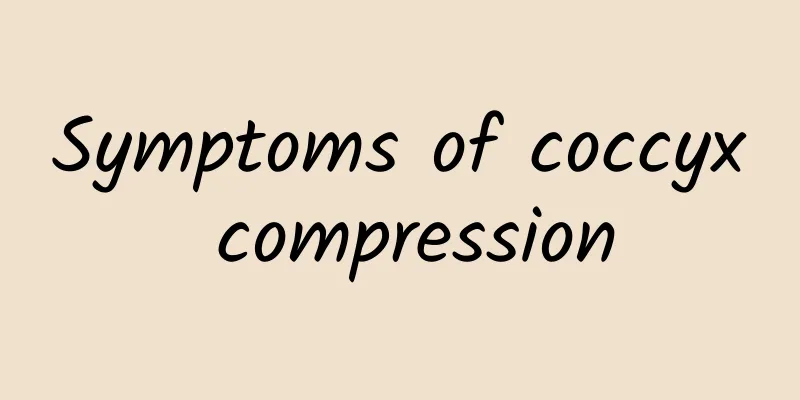Red blood streaks on legs

|
Red blood streaks are very common. Many people have red blood streaks on their faces, and some people have red blood streaks on their legs. The red blood streaks on the face are caused by the dilation of skin capillaries. The causes of red blood streaks are primary and secondary. The formation of red blood streaks is generally caused by acquired factors. The primary cause is genetics. As for the red blood streaks on the legs, many people don’t know what’s going on. If there are red blood streaks on your legs, you must pay attention to it. It may be a precursor to varicose veins. If such a phenomenon occurs, you should go to the hospital for relevant examinations in time to find out what causes the red blood streaks. Let's take a look at what's going on with the red blood streaks on your legs. I wonder if it is varicose veins? If so, you should avoid standing for too long and crossing your legs. It is recommended that you go to the hospital to see a doctor. Varicose veins (commonly known as "floating tendons") are the most common disease of the venous system. The main reason for their formation is that due to maintaining the same posture for a long time with little change, blood accumulates in the lower limbs, which damages the venous valves over time and causes excessive venous pressure, resulting in varicose veins. Varicose veins often occur in the lower limbs. Red or blue, twisted blood vessels that look like spider webs or earthworms, or hard lumps and nodules that look like tree tumors appear on the skin of the legs. The veins become abnormally enlarged, swollen, and varicose. According to statistics, approximately 25% to 40% of women and 20% of men in Taiwan suffer from varicose veins. Teachers, surgeons, nurses, hairdressers, salesgirls, chefs, restaurant waiters and other occupations that require standing for long periods of time are all high-risk groups. In addition, varicose veins are also related to genetics, oral contraceptives and pregnancy. Varicose veins are irreversible because the human body has no self-repair mechanism. However, we can still prevent the expansion of varicose veins and alleviate their symptoms through conservative treatment (such as using elastic stockings, exercise, diet and changes in lifestyle). Gentle exercises such as walking, swimming, and cycling can not only improve circulation but also reduce the rate at which new varicose veins form. In terms of diet, you should eat more high-fiber, low-fat foods and increase your intake of vitamin C and E. In daily life, you should control your weight, avoid taking birth control pills, avoid wearing tight clothing and high heels, cross your legs, and avoid sitting or standing for long periods of time. Raise your legs for a while before going to bed every day, and sleep on your left side to reduce pressure on the pelvic vena cava. Smoking can increase blood pressure and damage arteries and veins. Patients with varicose veins should quit smoking immediately. The presence of red blood streaks, whether on the face or on the legs, should attract our attention. Patients with red blood streaks must clean their skin, not use some irritating products, eat more vegetables and fruits, avoid wind and sun, replenish skin moisture in time, and maintain a good mood. Severe cases require active treatment. |
<<: Is neurodermatitis contagious?
Recommend
How to make kidney-tonifying pork ribs soup
Spare ribs are a very nutritious meat. There are ...
Doing this after a meal can actually help you stay healthy
Many people take a walk after meals. In fact, thi...
Introduction to Umbilical Cord Stem Cells
I believe mothers all know what type of cells umb...
What causes cervical vertebrae pain?
The most common cause of soreness and swelling in...
What to do if you have a cough, dry heaves, or want to vomit
When the cough is severe, it will have adverse ef...
There is a hard lump on the back of my head that hurts when I press it
If there is a hard lump on the back of your head ...
Bright red menstrual period with blood clots
Menstruation is a physiological phenomenon unique...
What are the rehabilitation treatments for dysphagia?
Generally speaking, if normal swallowing becomes ...
What to do if your three-year-old baby has phimosis
If your baby is a boy, have you checked whether h...
How is dermoscopy performed?
Skin diseases are relatively common diseases in l...
Is Patrinia scabra a bitter herb?
We often see some Chinese herbal medicines in our...
Why do I often have chest pain in the middle of the night?
Many people often experience chest pain in the mi...
What are the effects and functions of night vine?
Getting sick is always inevitable in daily life. ...
How to sleep better when you are 6 months pregnant? What are the health care common sense?
Generally speaking, when the pregnancy reaches ab...
High HDL cholesterol
There are many common diseases in life. In the tr...









